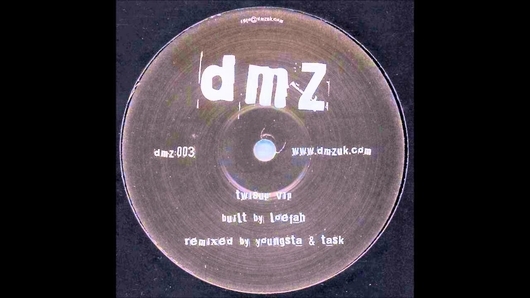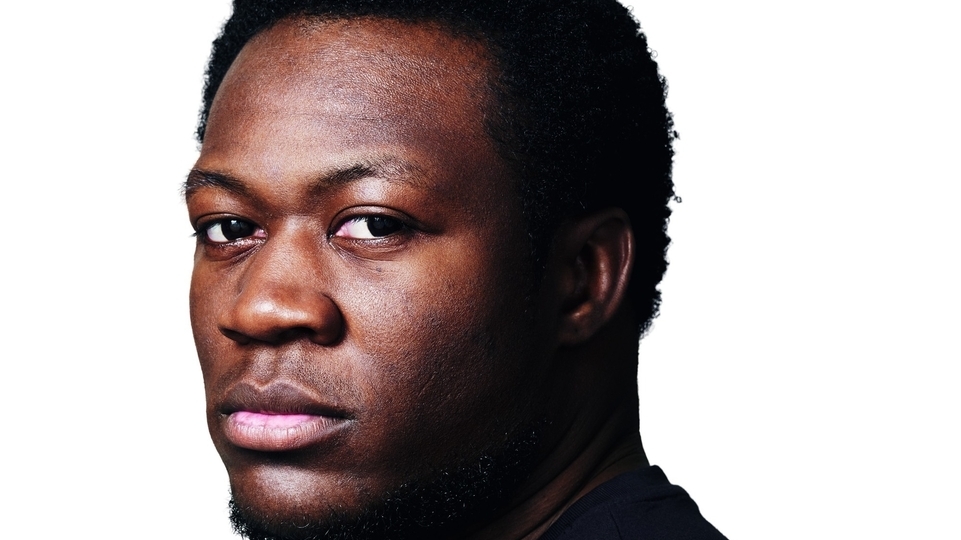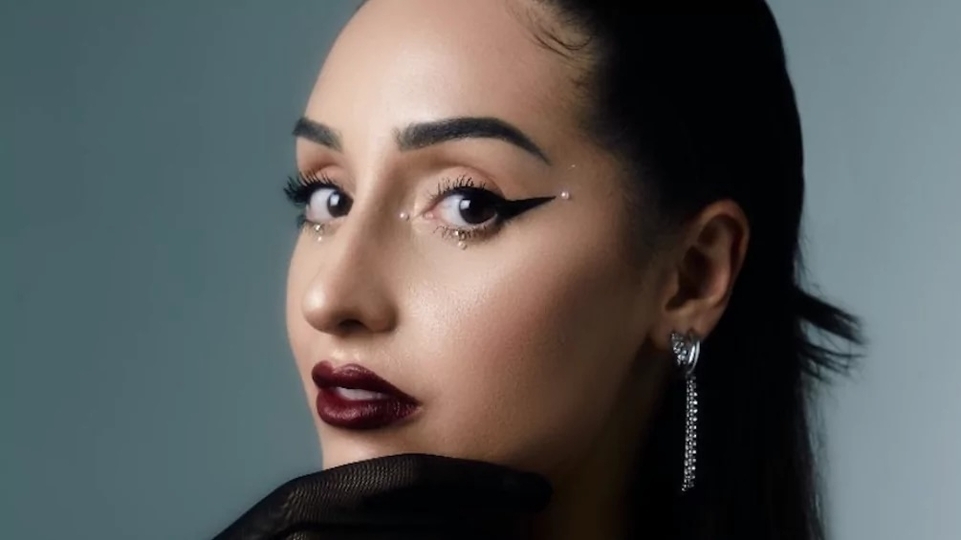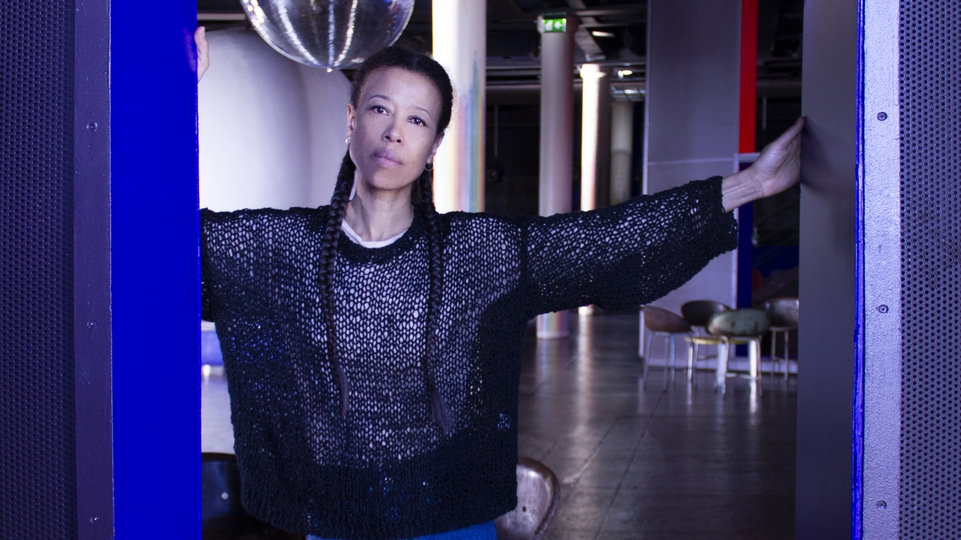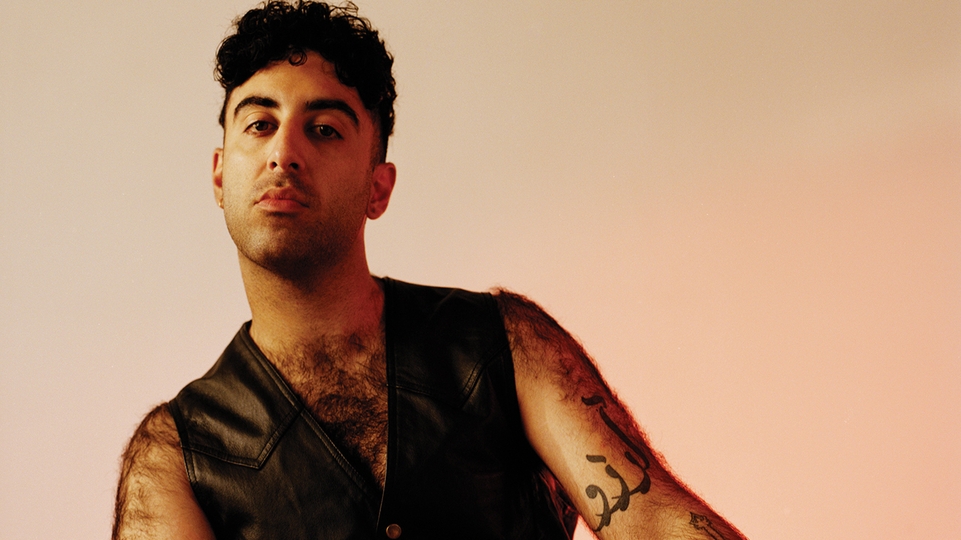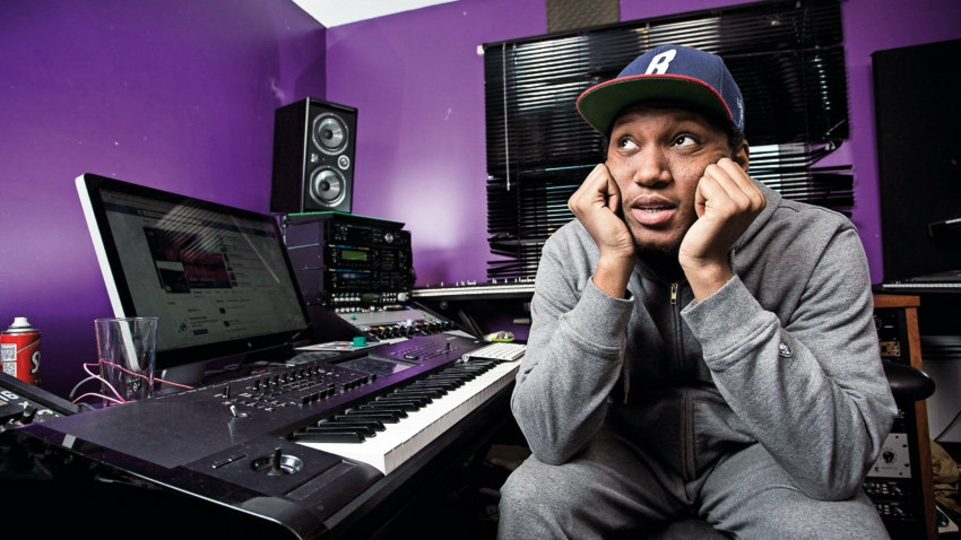
On Cue: Youngsta, and the history of dubstep
Youngsta is one of dubstep’s foundational figures, an integral force in shaping the genre from its earliest days at iconic club night FWD>>. A specialist through and through, he’s stayed true to the sound throughout its evolution, pushing the original minimalist style that’s now seeing a resurgence in interest. Delivering an On Cue mix of stripped-back dubstep ammunition, he also speaks to Rob McCallum about how the sound came to be, the vital impact of his sister, Sarah, overcoming addiction, and his hopes for the future
It’s early April 2023 at The Hydra’s packed-out FWD>> party at Printworks, just a matter of weeks before the South London club is set to close its doors. On stage, Youngsta is locked in, delivering a set of the sub-heavy, minimalist dubstep he helped birth on London’s dancefloors and airwaves in the early ’00s. As punishing bass weight resonates through the room, he is flanked by SP:MC on mic duty, who sums up the sound perfectly with the repeated refrain, “Deeper, darker.”
Starting in 2001, FWD>> began at a time before dubstep and grime had fully formed, and as UK garage fractured into new sounds. Initially, the seminal London club night pushed sounds at the sparser, darker end of British sound system music, at the time known under names including sub-low and new dark swing. The seismic impact that FWD>> went on to have on wider club culture is undeniable, and Youngsta — real name: Daniel Lockhart — has been a permanent presence since the party’s launch. “I am one of the core sounds of FWD>>,” he enthuses from his East London home after the Printworks event. “It wasn’t just about dubstep. It was about cutting-edge music. That’s why it’s called FWD>>.”
Still only a teenager when he first played at the party, Lockhart’s career developed in parallel with the music he helped forge. Dubstep is as much a part of Youngsta’s story as Youngsta is a part of dubstep’s.
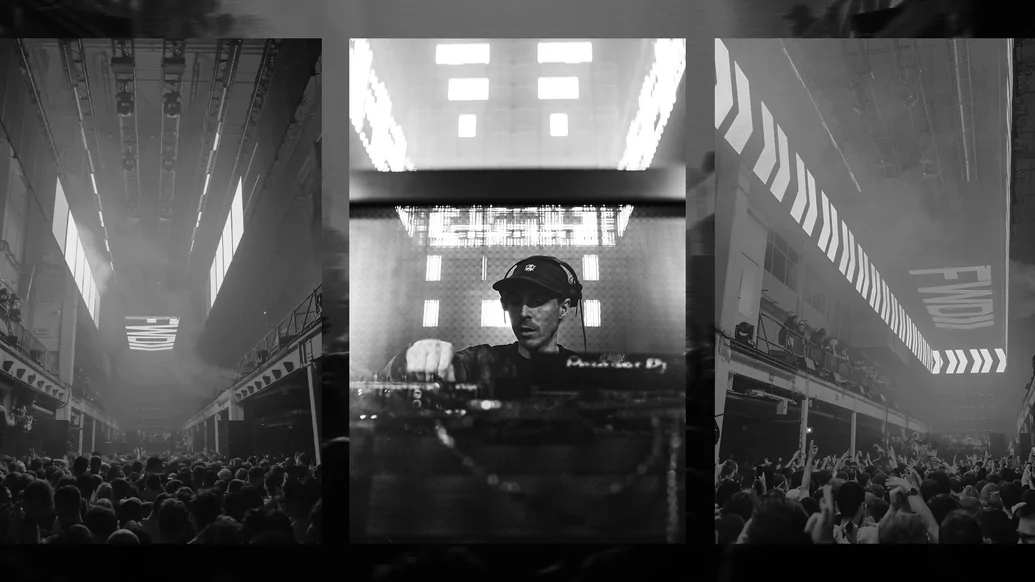
Introduced to UK garage in the late ’90s by his sister — FWD>> founder Sarah Lockhart — Youngsta started out as a DJ by landing a regular show on North London pirate Freek FM. He was just 12 years old. “My sister had to be with me because my mum refused to let me go on my own,” he smiles. “It was very, very overwhelming. The only thing that kept me calm was that I knew Sarah was there. But it was my first taste of pirate radio. And without [pirate radio] I wouldn’t be where I am today.”
Less than a year later, Lockhart landed his first proper gig at now-defunct club, The Phoenix, in Finsbury Park, on the agreement with the venue’s management that he’d attend with his sister to play his set, and leave immediately after. “I still remember going downstairs, to the basement, excited but terrified,” he laughs. “My hand was shaking so much I couldn’t even put my needle on the record.” Despite his nerves, the set was a huge success, with Lockhart landing wheel ups as the club filled up towards its close. “That was when I truly knew that this is what I wanted to do,” he says.
Despite already using the name, Lockhart says he didn’t properly start forming his sound as Youngsta until the first years of his FWD>> residency. Originally taking place at the Velvet Rooms, the night quickly made legendary Shoreditch club Plastic People its home, and in its early years presented what he describes as a “cooking pot” of sounds. DJs like Youngsta, Hatcha and Kode9 gravitated towards a pared-back sound that splintered off from the darkside UKG honed by FWD>> regulars El-B, Horsepower Productions and Zed Bias — and also heard on the early releases of Tempa Records, the label co-founded by Sarah Lockhart. Others, including Slimzee and DJ Maximum, were pushing sounds that would eventually morph into grime, which was beginning to take shape on London pirate radio and the capital’s dancefloors.
“Digital Mystikz and Loefah weren’t involved in dubstep yet,” he explains. “Benga and Skream, they was in the crowd but hadn’t started DJing yet. But a small handful of people were developing their sound. Slowly people started edging towards what they favoured, and that’s when I found I was becoming who I was going to be.”

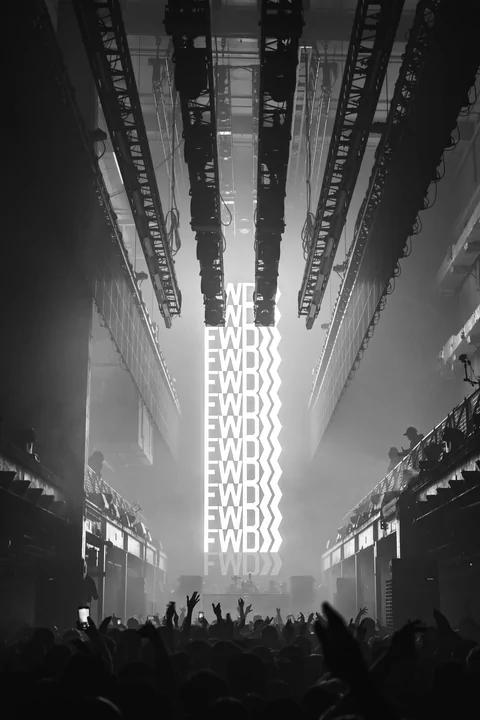
Eventually, those young producers he mentions, partially through the influence of DJs like Youngsta and Hatcha, started focusing on the deeper, dubbier, more minimal sounds forming as the darker end of UKG continued to evolve. Slowly, they began to change the structure of the music. In turn, Lockhart focused on playing the productions coming from this core selection of artists.
The music was forming at a time right before the boom of the DJ/producer and the Internet, when those behind the decks still acted as gatekeepers for producers to get their music played. “They all wanted their music to be in my record box,” he recalls. “[I] wanted things a certain way. I was one of the people that was obsessed and insisted on only playing a certain, select sound. Before that point, the DJs were the only way to get their creations heard and played, and they wanted to hear [their music] at FWD>> on that amazing sound system at Plastic People. There was a union. The producers were making what the DJs approved of. I liked the music that they were making. They trusted my ears and opinions. They trusted my vision.”
Using the framework built on tracks like El-B’s ‘Buck & Berry’ and ‘Sholay’ by High Plains Drifter (Ben Garner of Horsepower Productions), the music that Youngsta played, and that was being made by the producers he championed, started stripping out the skippy elements of 2-step and forming what would become the template for early dubstep. “[Until then] you could still hear the residues of what came before,” he recalls. “But I wanted to remove that completely and make it super minimal. I was almost obsessed with taking out the garage elements to keep pushing it forward to what I liked and could foresee was dubstep.”
As each DJ developed their own distinctive style, the producers started making tunes specifically to fit in their sets. “They started calling them ‘Youngsta tunes’,” he laughs. “Skream made tunes deliberately for me. And ones for Hatcha, because we had different tastes. He knew exactly what I wanted.” Lockhart quickly began having a dialogue with the producers, who would pass him CDs of unreleased music to either play in his sets or send feedback on. “Loefah used to play them down the landline,” he smiles.
As the sound developed, FWD>> and Tempa were joined by South London-based dubstep label and night, DMZ — run by Mala, Coki and Loefah — and Big Apple Records, which formed out of the Croydon record shop of the same name. “We had the south and east covered. Dubstep and grime were growing fast. We were just smashing it,” Lockhart smiles. During this time, he went from acting as an A&R of sorts to the upcoming producers to sitting in the studio with them.
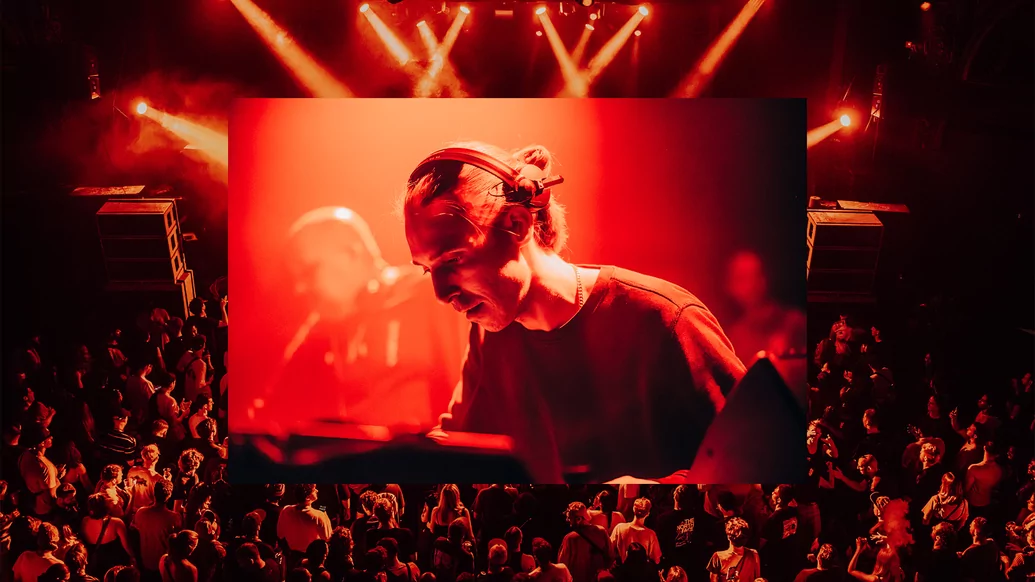
“I was able to get inside where they were creating the music, in their laboratories,” he enthuses. “And [being] able to go back and forth with [them] was a whole different thing.” Early DMZ tracks like Loefah’s ‘Horror Show’ and ‘Goat Stare’ show how the music became increasingly stripped back, while maintaining the roots and dub elements Lockhart saw as so important to the sound. “That’s part of the DNA of dubstep,” he explains. “I like bass-focused music with space. I resonate with that. Horsepower, El-B, Zed Bias, Skream, Benga, Digital Mystikz, Loefah and a few other producers were the original sound of dubstep.
“We was creating something new and different that we truly loved and believed in. It was all from innocence,” he smiles. “Out of love and not for money. That’s when natural, amazing things happen. I don’t think punk music was made for money. They made it because they loved it. And it starts a movement.”
During this time Lockhart’s sister asked if he would help out doing A&R work for Tempa, which created an ecosystem for the music being played at FWD>>. “We booked the people that we wanted, [who] were playing the music that we liked, at a club that we loved, on a sound system we loved. We’d hear their new tracks, then go up to them and say, ‘We want to sign this’. The next day, the deal would be done. It would be coming out next month on Tempa. It was all so perfectly aligned.”
But for Sarah, it still wasn’t quite perfect. There was one final piece of the puzzle still required: radio. In 2004, she became a part of the Rinse FM team by going into business with the station’s co-founder, Geeneus. “Without Sarah, it would have been a different outcome,” Lockhart explains. “She had me and other family and friends on the team. She’s got the club. She’s got the producers. She’s got the DJs. She then decided to get the radio. It gave a platform for the DJs and producers to broadcast their music to the world.”
FWD>> regulars like Hatcha and Kode9 started playing on the station, while Lockhart began a slot that would see him spin pretty much every Thursday for 10 years from 2004 — on what was widely regarded as the show for dubstep at the time — before shifting to his Minimal Mondays broadcast for the following five.
Meanwhile, Tempa put out tracks like Skream’s dubstep classic, ‘Midnight Request Line’, and launched the Dubstep Allstars compilation series — with a second edition mixed by Youngsta — urging the dubstep current to grow stronger and stronger. That was all before Mary Anne Hobbs hosted the famous Breezeblock Dubstep Warz broadcast on BBC Radio 1 in January 2006, which she described as the “global tipping point for the dubstep sound”.
“By 2002 there was so much dubstep dubstep, that people were starting to know the name,” Lockhart explains. “Then, before you knew it, it was in HMV by 2004. Fast forward a little bit and it’s on adverts and movies. It changed the sound of dance music forever.”
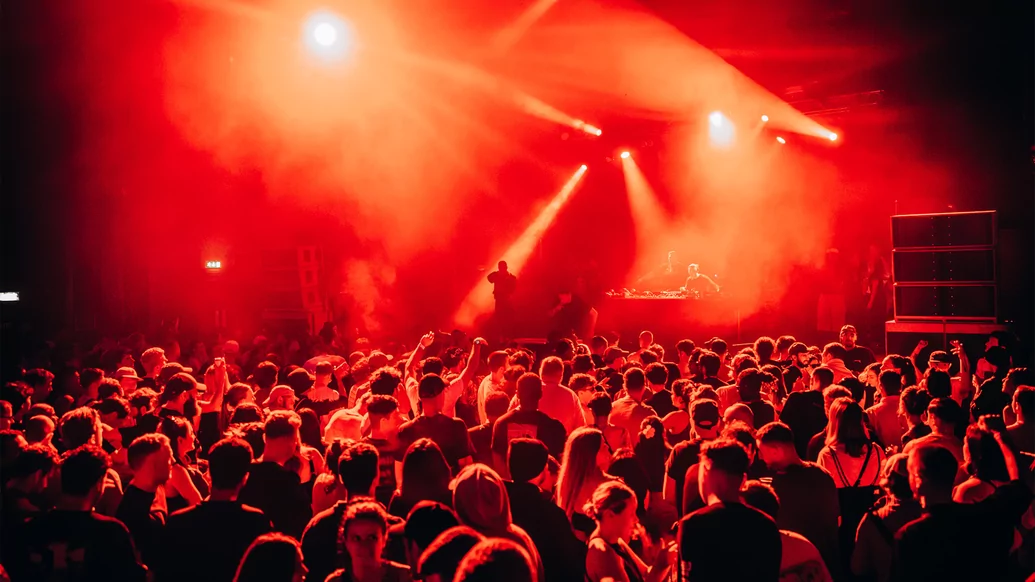
As dubstep blew up, artists started moving in different directions, changing the sound to adapt to the bigger spaces it was being played in. “I didn’t like or approve of the sound of dubstep that developed later,” Lockhart explains. “The OG sound of dubstep became less fashionable, and this new sound of dubstep, which was the mutated form where it became noisy with less space. The dub had gone. It lost its original soul. So, as dubstep became more popular and commercial, I became less popular — because I wasn’t going to follow. I just kept it smoked out and what I think dubstep is.”
After the turn of the decade, the scene in the UK started to dwindle as Tempa and DMZ stopped putting out music, FWD>> began slowing down after the closure of Plastic People, DMZ’s regular nights ended, and many of the originators gravitated towards different styles.
“[Then] everyone copied Doctor P, and Skrillex,” Lockhart explains. “I know these artists and it’s nothing personal. Skrillex is a legend. But their music is not for me. It wasn’t what I liked. It was the opposite. I spent my entire career making the music more minimal, convincing producers to take sounds out of music. It got bloated. I was playing music that I love, but it simply wasn’t as popular any more and most kids didn’t want to hear it. I became unfashionable. Bruv, it hurt me a lot and I let it trigger me. If you let these things affect your ego, it will destroy you from the inside out, which it did start to for a period of time.
“When dubstep got commercial, and I became more unpopular... I struggled with alcohol and cocaine addiction. I’d become unhappy and I was just masking it. I didn’t feel wanted or as important and was constantly comparing myself to others. I was more happy to party than DJ at one point. I was more interested in getting in the greenroom, or backstage, to do drugs than my set. The other DJs were playing the commercial, noisy jump-up stuff that was more popular at that time. I wasn’t getting the same money for shows as I used to and I was fast approaching 30. I was having a crisis. I was self-sabotaging... I was so lost in fear and worrying about what was going to happen as my bookings became less.”
His addiction started to impact his performances, as well as relationships outside of music with his friends and family. “That was probably the hardest time: going from the heyday, through to some very challenging times. So I made things [even] worse. I should have just kept clean, kept healthy, kept my head above the water and stayed positive and waited patiently. I would have bounced back quicker, sooner and bigger. But because I went down the escapism, hide-your-head-in-the-sand method, it affected my life and career negatively.”
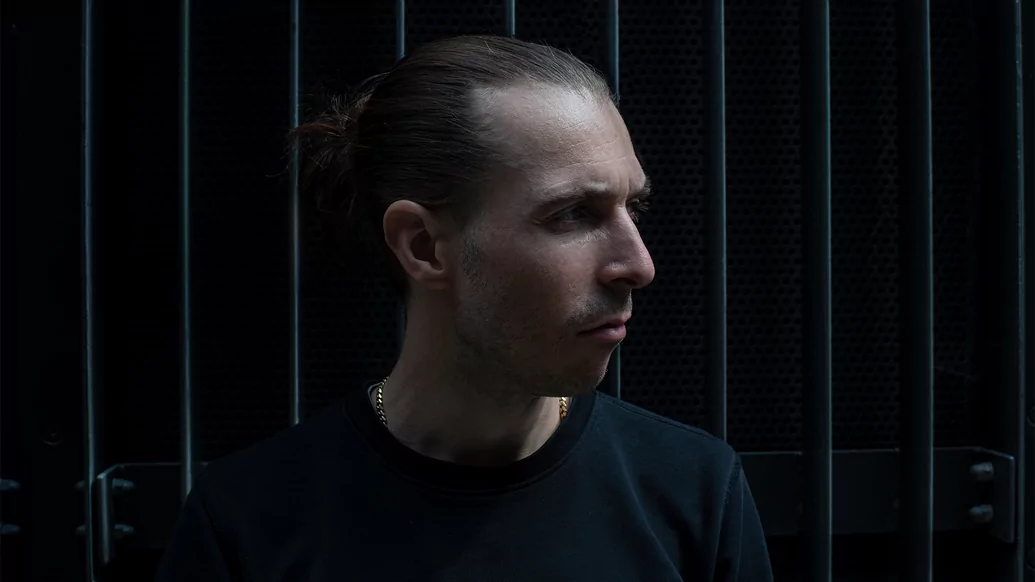
Fast forward to now and Lockhart is four years sober, and looking at a very different dubstep scene. Following the closure of Tempa, he launched his own label, Sentry Records, in 2017 with the double A-side ‘Fashion Dread’ / ‘Digital Dread’ from dBridge. He’s gone on to put music out on the imprint from Cimm, Slimzee, Boylan, Logos, Nomine, Egoless, Killa P and Riko Dan, as well as his own productions, with a focus on “quality over quantity”.
Now living between East London and Colorado, Lockhart finished his Rinse show before the Covid pandemic, so now delivers a monthly broadcast on East London community-led station Subtle Radio — itself a champion of the dubstep and 140 sound. He’s also been hard at work on “ammunition” in his studio in Peckham with Boylan, which should see release next year.
In November 2023, we catch Lockhart spinning B2B with dBridge for the first time at HVYWGHT, creating something of a full circle moment — the Exit Records boss even plays a VIP of ‘Fashion Dread’ towards the close of the set. Recently nominated for a DJ Mag Best of British award, HVYWGHT has grown from hosting Sentry’s first birthday at Lightbox, to parties at Electric Brixton, and last month held a 3,000-capacity show at Troxy in Limehouse. “He’s been a very important part of the ongoing progression and evolution of dubstep and bass music scene,” Lockhart says of HVYWGHT’s promoter, Anton Simonov, following the event.
The same weekend, Youngsta also spins Sub Dub’s 25th birthday, in a packed warehouse space with “sweat dripping off the ceiling”, before completing an Australia tour at the close of the year.
“Dubstep is currently healthy and full of variety and I think there’s much more to come in 2024,” he beams, pointing to the number of DJs and producers coming through, and parties happening, in the UK and across the world. Still, he remains a flagbearer for the original, stripped-back style of dubstep. “The OG sound is doing a full circle. It’s coming back round again,” he continues. “My sound is always evolving, but there’s a core, original dubstep sound that always remains within my DJ sets and the music that I make. It’s almost 10 years on from when I made some incorrect choices in my life and career. I stopped knowing and started doubting. But now I’m clean and off the booze and coke, I’m focused on music again and in love with life.”
Tracklist:
Boylan & Youngsta ft. Breezy Lee ‘Reflection’
Xakra & RAAQEL ‘Chips (Nomine & Youngsta Remix)’
J Kenzo ‘Solar Return’
dBridge ‘Fashion Dread’ (Leftlow Remix)
The Widdler ‘Lulu’s’
Chase & Status ‘Eastern Jam’ (V.I.P)
Ternion Sound ‘Swiss Army’
Markee Ledge & Youngsta ‘Industrial’
11th Hour ‘Breathe’
Boylan & Oz ‘Swine’
J Kenzo ‘Ultrasonic Vibration’
Proxima ‘Industry’
Strategy & Fiend ‘Premium Grease’ (Ternion Sound Remix)
Skream ‘Midnight Request Line’ (Unknown Remix)
The Others ‘Planet X’
J Kenzo ‘Astral Traveller’
LD ‘Space Walk’
J Kenzo ‘Ruff House’ (V.I.P)
Benga ‘Drumz West’
Dayzero ‘Crocodile’
Skream ‘Take-A-Pill’
Kodama ‘Wiretap’
Cimm & Youngsta ft. Riko Dan & Flowdan ‘Peacemaker (V.I.P)’
